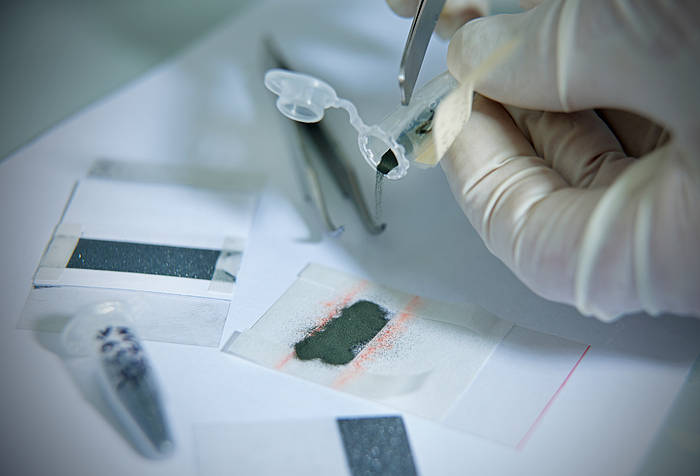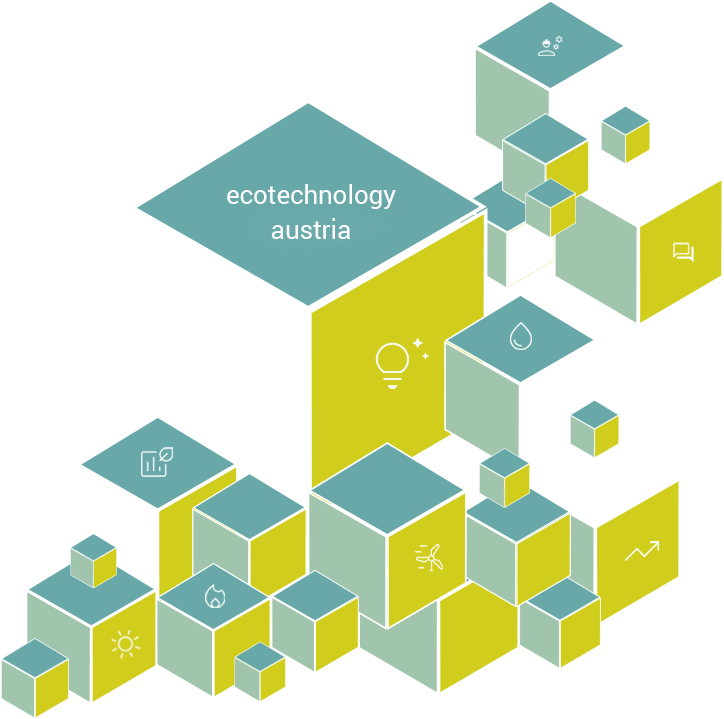The light-absorbing active layer of the developed modules is the so-called monograin membrane. These are crystalline semiconductor particles with a diameter of 30 to 60 μm, one-layered fixed on a polymer film. Since each of these “monographs” is virtually a separate photovoltaic cell, it does not make any difference how much the module to be produced is ultimately a clear advantage over established thin film technology. The high innovative content can be summarized by the following advantages over already established technologies:
- versatile application possibilities thanks to flexible, light and semi-transparent modules with low temperature coefficients (integration in buildings possible)
- no availability risks of the raw materials by avoiding indium, gallium or tellurium
- low production costs due to low-cost raw materials makes it possible to compete with conventional sources of energy

This new technology enables the high efficiency of monocrystalline materials to be combined with cost-efficient roll-to-roll production.
This new technology enables the high efficiency of monocrystalline materials to be combined with cost-efficient roll-to-roll production. As a result, the photovoltaic modules are not only more flexible in use but also more cost-effective compared to already established technologies. The new technology results in a cost reduction of 50-60% compared to the average market price of photovoltaic modules. This is made possible by low costs of less than 0.5 EURO per watt peak even with small production quantities. Thus, photovoltaics can become competitive even without subsidies to conventional energy forms.
With the development of this new technology, crystalsol GmbH was able to award the state prize for environmental technology and energy technology in the category Forschung &Innovation.
With the development of this new technology, crystalsol GmbH was able to award the state prize for environmental technology and energy technology in the category Forschung &Innovation.

Further Information LINK






